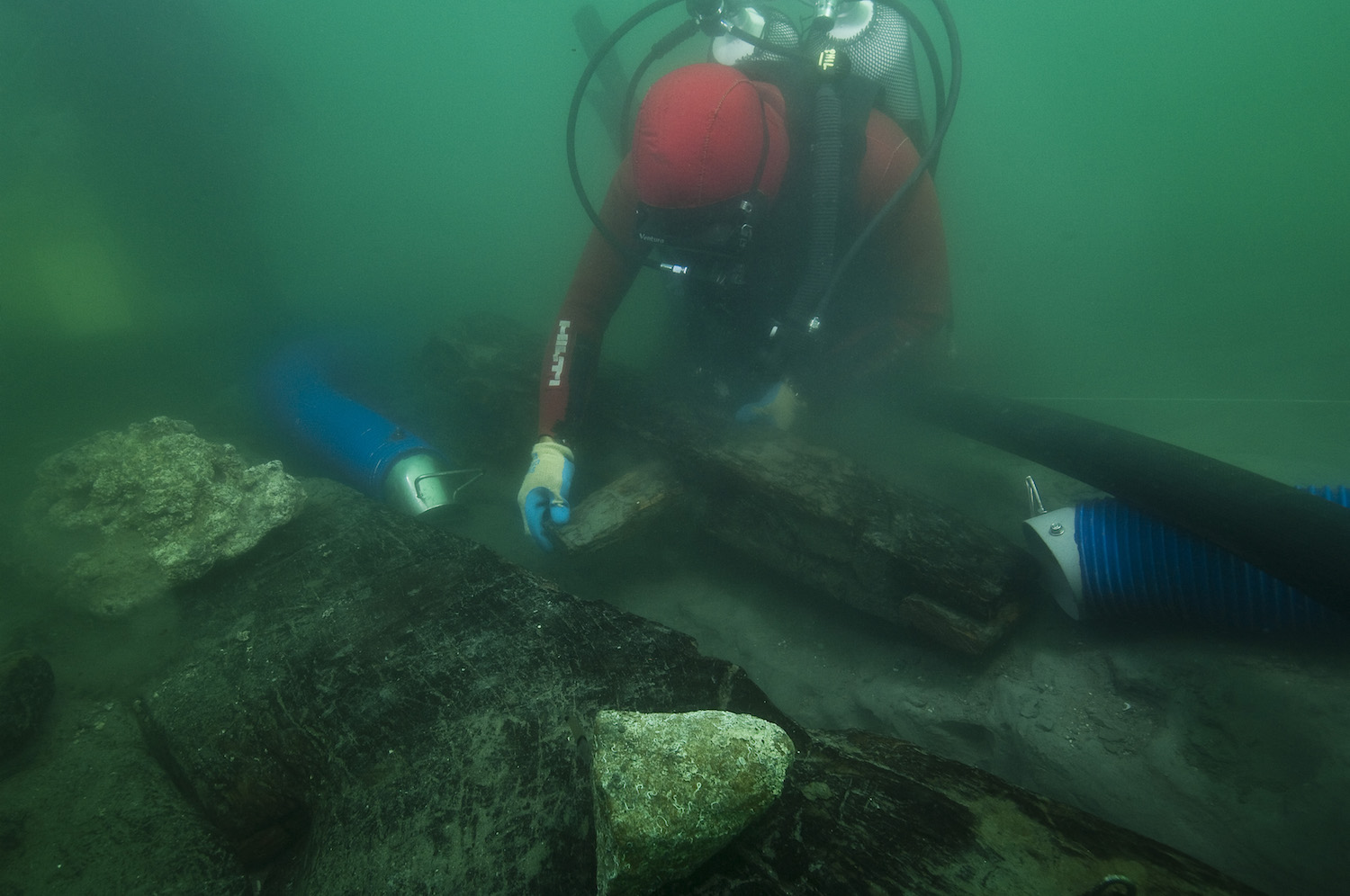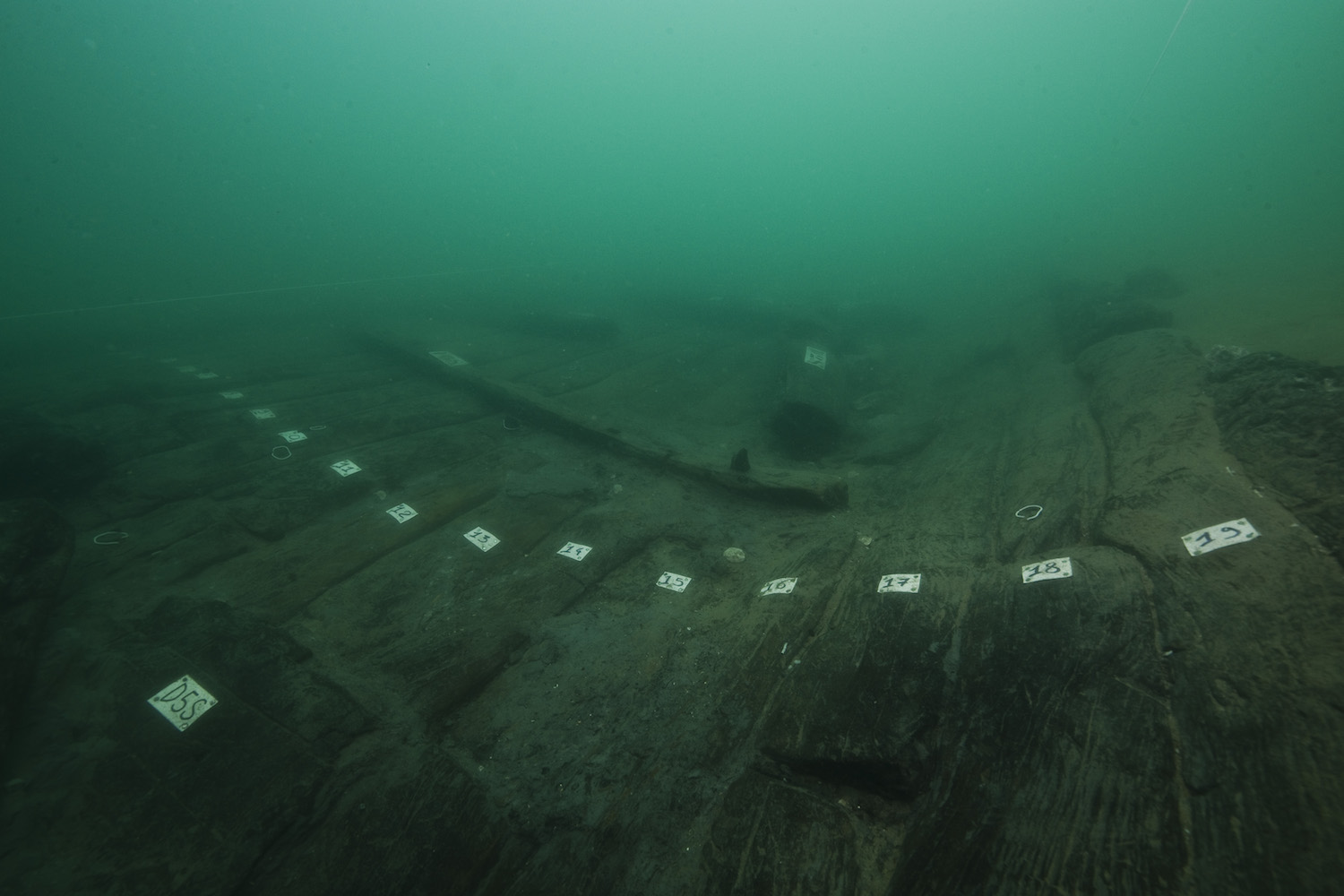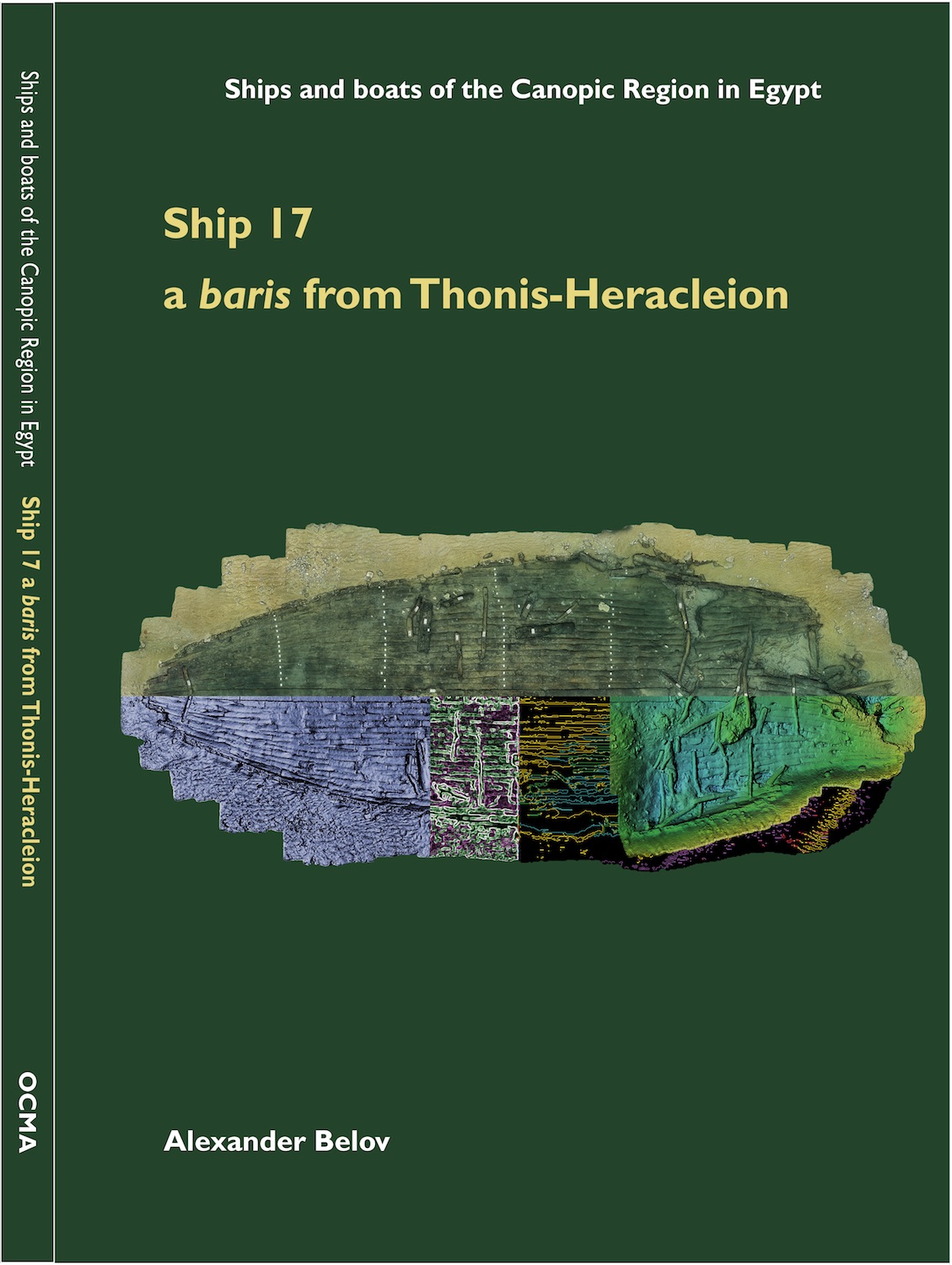2,500 Years Ago, Herodotus Described a Weird Ship. Now, Archaeologists Have Found it.

One of the most elusive boats from the ancient world — a mysterious river barge that famed Greek historian Herodotus described nearly 2,500 years ago — has finally been discovered.
Herodotus dedicated 23 lines of his "Historia" to this type of boat, known as a baris, after seeing the construction of one during his travels to Egypt in 450 B.C. In his writings, Herodotus described how the long barge had one rudder that passed through a hole in the keel, a mast made of acacia wood and sails made from papyrus.
However, modern archaeologists had never laid eyes on such a boat, until the ancient, sunken port city of Thonis-Heracleion was discovered on the Egyptian coast in the year 2000. This port boasted more than 70 sunken vessels dating from the eighth to the second century B.C. One of those boats, archaeologists recently discovered, matched the description of the enigmatic baris. [Mayday! 17 Mysterious Shipwrecks You Can See on Google Earth]
"It wasn't until we discovered this wreck that we realised Herodotus was right," Damian Robinson, the director of Oxford University's Centre for Maritime Archaeology, told The Guardian. "What Herodotus described was what we were looking at."
In the "Historia," Herodotus describes how the barge's builders used to "cut planks two cubits long [about 40 inches, or 100 centimeters] and arrange them like bricks," The Guardian reported. Herodotus also wrote that "On the strong and long tenons [pieces of wood] they insert two-cubit planks. When they have built their ship in this way, they stretch beams over them… They obturate [block up] the seams from within with papyrus."
Upon discovering the newfound vessel, known to the team at Ship 17, scuba-diving archaeologists noted that it had a previously unknown architecture that included thick planks that were held together with smaller pieces of wood.
"Herodotus describes the boats as having long internal ribs. Nobody really knew what that meant. … That structure's never been seen archaeologically before," Robinson told The Guardian. "Then, we discovered this form of construction on this particular boat and it absolutely is what Herodotus has been saying."
Get the world’s most fascinating discoveries delivered straight to your inbox.
Originally, Ship 17 would have been quite long, measuring up to 92 feet (28 meters), the archaeologists noted. It likely sank in the first half of the fifth century B.C., "but it was probably older than this because it was reused as a piece of maritime infrastructure (a floating jetty) at the end of its working life as a ship," Robinson told Live Science in an email. "Consequently, the Ship 17 is most likely to be from the sixth century B.C."
Ancient Egyptians used baris vessels to transport goods, such as fish, stones and even troops, along the Nile River. "The one from Thonis-Heracleion was also likely involved in moving goods to and from the emporium," Robinson told Live Science. "Baris would have moved imports from the Greek and Persian worlds further down the Nile to the cities of the valley, and they would also have brought Egyptian goods like grain or natron [salt] up to the port for export."
Alexander Belov, an archaeologist and shipwreck specialist with maritime archaeologist Franck Goddio, has been studying the ships at the sunken port of Thonis-Heracleion. He has written an in-depth analysis of the barge in his book "Ship 17: a baris from Thonis-Heracleion" (Oxford University's Centre for Maritime Archaeology, 2018). Belov's analysis also places the baris within the ancient boat-building traditions of Egypt and the Mediterranean region. After these barges began to fall apart, they were likely incorporated into other maritime infrastructure at the port, the Oxford Centre for Maritime Archaeology reported in a statement.
Findings from the Thonis-Heracleion port are now on display at the exhibit "Egypt's Sunken Cities" at the Minneapolis Institute of Art until April 2019.
Editor's Note: This article was updated at 5:17 p.m. EDT to include more information from Damian Robinson.
- Shipwrecks Gallery: Secrets of the Deep
- In Photos: Pirate Ship Discovered in the UK
- Images: Amazing Artifacts from a Java Sea Shipwreck
Originally published on Live Science.

Laura is the managing editor at Live Science. She also runs the archaeology section and the Life's Little Mysteries series. Her work has appeared in The New York Times, Scholastic, Popular Science and Spectrum, a site on autism research. She has won multiple awards from the Society of Professional Journalists and the Washington Newspaper Publishers Association for her reporting at a weekly newspaper near Seattle. Laura holds a bachelor's degree in English literature and psychology from Washington University in St. Louis and a master's degree in science writing from NYU.




